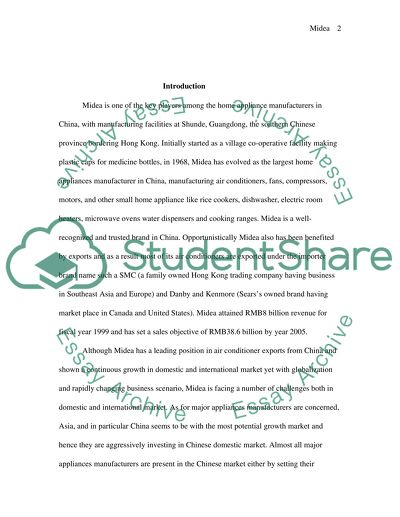Cite this document
(“Midea Electronics Essay Example | Topics and Well Written Essays - 3500 words”, n.d.)
Retrieved from https://studentshare.org/miscellaneous/1508069-midea-electronics
Retrieved from https://studentshare.org/miscellaneous/1508069-midea-electronics
(Midea Electronics Essay Example | Topics and Well Written Essays - 3500 Words)
https://studentshare.org/miscellaneous/1508069-midea-electronics.
https://studentshare.org/miscellaneous/1508069-midea-electronics.
“Midea Electronics Essay Example | Topics and Well Written Essays - 3500 Words”, n.d. https://studentshare.org/miscellaneous/1508069-midea-electronics.


